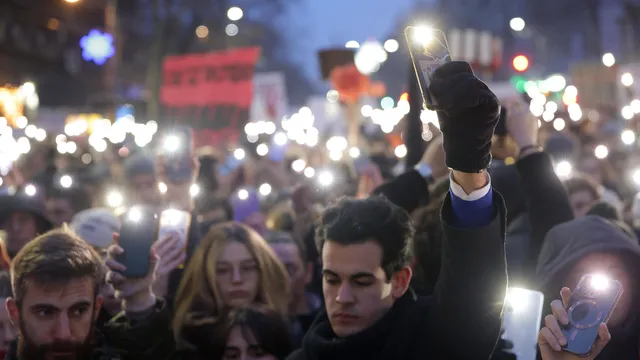In the United States, more and more municipalities are restricting left turns in an effort to improve safety and ease traffic flow. Behind this seemingly strange measure is a little-known but important truth: turning left is significantly riskier than turning right.
At first glance, turning left doesn’t seem any more dangerous—you just turn on your turn signal and turn the steering wheel. But that’s misleading. According to ScienceAlert, more than 60% of accidents at intersections involve a car turning left. The reason is simple: turning left requires crossing the path of oncoming traffic, which significantly increases the risk of accidents.
It only takes one misjudgment or a second of inattention to cause a serious collision—especially a side impact, which is among the most dangerous types of accidents. Even more worrying is the fact that, when drivers are focused on oncoming traffic, they often ignore pedestrians crossing the road. The result is that pedestrian accidents are more common on left turns than on right turns.
In addition to being more dangerous, left turns are also a traffic nightmare. When several cars are waiting to turn left, they block traffic and slow down other road users. To avoid this, some intersections use a separate green signal for left turns, but this requires other cars to stop, which further slows traffic. Each change in the traffic light adds precious seconds, which, when multiplied across an entire city, translates into hours of lost time for thousands of drivers.
That’s why cities like San Francisco and Salt Lake City are trying to limit left turns, especially during rush hour. Sometimes the ban only applies during certain times of day—morning and late afternoon—but in most cases, these measures remain around key intersections and busy streets.
Another possible alternative is roundabouts, which eliminate the need to cross oncoming traffic. But they require a lot of space and become inefficient in heavy traffic, which sometimes creates new traffic jams.
Of course, the ban on left turns sometimes means that you have to go around extra to get to the desired point. But in most cases, the lost time is minimal and is compensated for by smoother traffic and shorter waits at intersections.
There is another less obvious advantage: even with a slightly longer route, fuel consumption is reduced. Fewer stops and starts lead to less waste. According to studies, avoiding left turns can reduce fuel consumption by 10 to 15% per trip. This is why companies like UPS include this strategy in their route optimization.
Changing habits is not easy, and the ban on left turns may sound shocking at first. But with fewer accidents, less congestion, and faster commutes, drivers will likely start to see it as a sensible move. And who knows — maybe soon, left turns in the city will become as rare as crossing outside the crosswalk. | BGNES

 Breaking news
Breaking news
 Europe
Europe
 Bulgaria
Bulgaria







